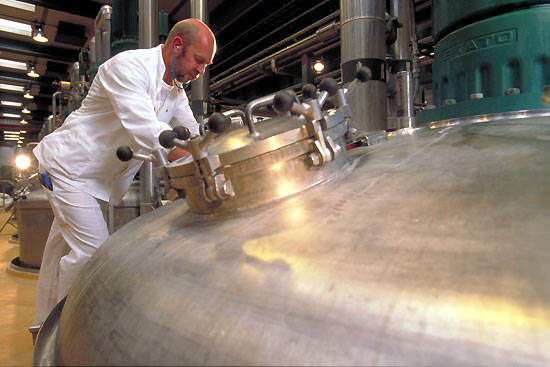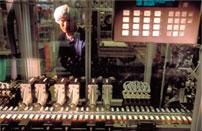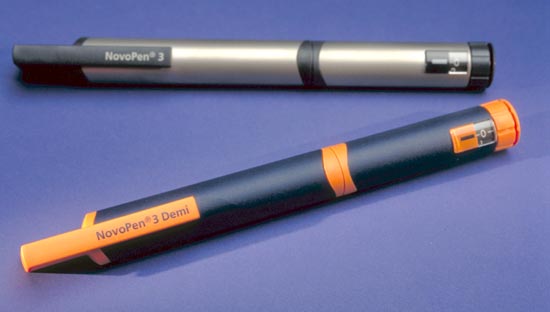This topic takes on average 55 minutes to read.
There are a number of interactive features in this resource:
 Human biology
Human biology
 Biology
Biology
 PSHE / Citizenship studies
PSHE / Citizenship studies
For many years, insulin was obtained by purifying it from the pancreas of cows and pigs slaughtered for food. This was expensive and time-consuming.
Insulin is now made by genetically engineered microbes. This enables human insulin to be produced in large quantities and then purified.
The amino acid sequence of insulin was found in 1955. Knowing this sequence, and understanding the triplet code for the bases on DNA, has allowed researchers to synthesise the gene for human insulin. This could then be used to genetically modify bacteria to produce human insulin.
Use the information in the table to produce the DNA base sequence for the first three amino acids of the insulin A-chain.
Genetic code: A sequence of three DNA bases (triplet) code for one amino acid.
| amino acid | 1st base | 2nd base | 3rd base |
|---|---|---|---|
| valine | guanine (G) | thymine (T) | thymine (T) |
| isoleucine | adenine (A) | thymine (T) | thymine (T) |
| glycine | guanine (G) | guanine (G) | cytosine (C) |
The animation shows an overview of how genetic engineering can be used to produce human insulin. The enzymes involved are shown in the lower animation.
Human insulin is produced in a very controlled and sterile environment.
Genetically-engineered bacteria are grown in large stainless steel fermentation vessels. The vessel contains all the nutrients needed for growth.
When the fermentation is complete, the mixture containing the bacteria is removed from the fermentation vessel. The bacteria are filtered off and broken open to release the insulin they have produced. The insulin is separated from all the other proteins and organelles from inside the bacteria and once purified it is packaged for distribution.
All the equipment is kept sterile to prevent contamination and regular checks make sure that the insulin meets the required quality standards.
 |
 |
 |
|---|---|---|
| Fermentation vessel in a factory |
Production and packaging of insulin pens |
Insulin pens |
Images courtesy of Novo Nordisk